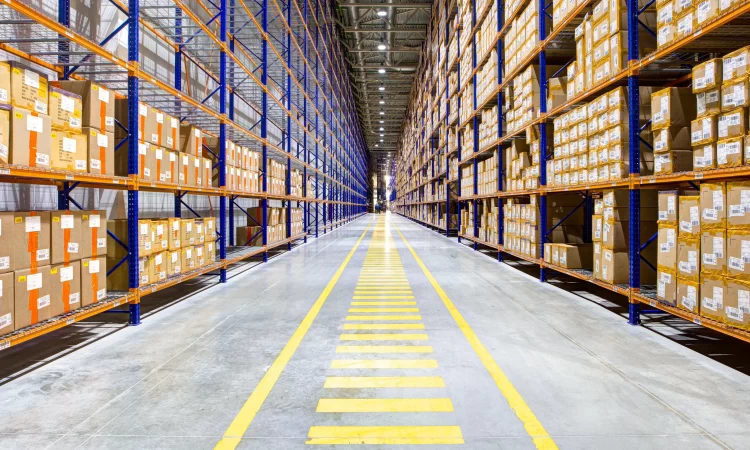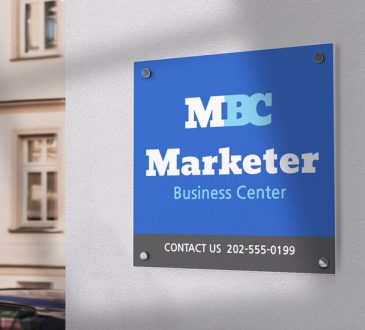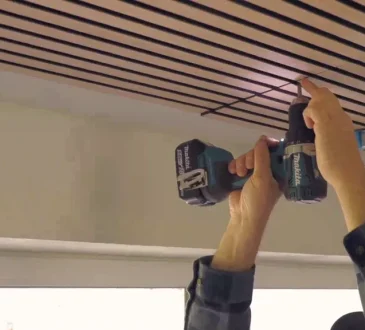
Any heavy-duty supply chain must be backed by a similarly high-end distribution center. In fact, with the rise of e-commerce and seemingly instant deliveries, a distribution center must be designed to perfection – thus resulting in seamless movement and delivery of goods.
As the demand for distribution centers increases, various architectural ‘must-haves’ emerge. From off-the-wall edits to focus on sustainability, here’s what the modern distribution center needs –
- Sophisticated Material Handling and Sorting System
Today, a modern material handling and sorting system is achieved via state-of-the-art automation and robotics, thus optimizing a product’s journey from arrival to dispatch. A key innovation here is minimizing human intervention. A high-quality system, once architectured well, can seamlessly process goods with an almost zero failure rate. As such, expert architectural design helps enhance the speed, accuracy, and cost-effectiveness of a distribution center.
- Climate Control
The modern distribution center finds itself dealing with a wide variety of products. This makes climate control systems essential! These systems allow for regulating temperature and humidity, thus creating a custom environment. Not only does such a system help maintain the quality of products being processed but also allows the center to process a wide variety of items under one roof.
- Scalability and Flexibility
The distribution center must be in tune with an ever-evolving market by being inherently scalable and flexible. Architectural blueprints can ensure a strategic and highly adaptable distribution center by allowing easy expansion or contraction. Such a need can emerge from any source – from market forces to storage capacity. However, the need can be met by flexible layouts and modular designs, allowing the entire center to shift its focus towards a new goal.
- Solar Farm on Roof
Electricity is an important resource for any center. Unfortunately, the sheer demand can not only lead to ballooned electricity costs but may also exert pressure on the local electricity grid. Modern architectural designs counter such an impact by utilizing a typically underutilized space – the roof. By placing a solar farm here, a distribution center can harness renewable energy, thus offsetting costs.
- LEED Certification
A solar farm is a great starting point in sustainability, but true commitment to environmental concern is best displayed by a LEED certification. A distribution center can be architectured with such expertise that it garners a “Leadership in Energy and Environmental Design” certification. This entails that the center prioritizes energy efficiency, water conservation, and eco-friendly materials.
Does your distribution center have all these modern architectural nuances? If not, distribution center architects Stendel + Reich can help you design one.




